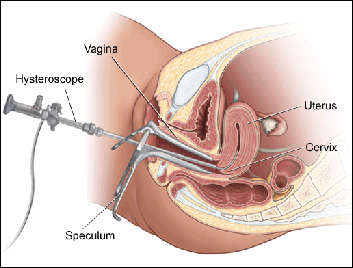Services
- Diagnostic Laparoscopy
- Endoscopic Procedures (Keyhole Surgery)
- Fastest Laparoscopic Procedures
- Hysteroscopic Surgeries
- Laparoscopic Fertility Promoting Surgery
- Laparoscopic Gynaecological Surgery
- Laparoscopic Hysterectomy
- Laparoscopic Operative Procedures
- Laparoscopic Reproductive Surgery
Laparoscopic Reproductive Surgery:
 Laparoscopic reproductive surgery provides the most advanced fertility treatment options and techniques with the objective of increasing the chances of conception.
Laparoscopic reproductive surgery provides the most advanced fertility treatment options and techniques with the objective of increasing the chances of conception.
Laparoscopy and hysteroscopy are done when the doctor wants to have additional information about the ovaries, uterus, and the fallopian tubes. Ultrasound is an indirect imaging method which gives certain amount of information regarding the pelvic organs. Endoscopy gives a doctor more information than the ultrasound.
Laparoscopy
Indication:
Laparoscopy is generally advised after 3-6 cycles of medical treatment or if abnormalities are identified in ultrasound scan. Laparoscopy is a keyhole procedure and is done to diagnose abnormalities as well as treat them.
Benefits:
Laparoscopy is generally recommended by a doctor to make an accurate diagnosis when you have pain and symptoms of pelvic infection. This is usually performed soon after your menstrual cycle. Using this procedure, a medical practitioner can diagnose various gynecological problems such as uterine fibroids, ovarian cysts, endometriosis, and scar tissue.
Procedure:
This procedure is performed on a patient under general anesthesia. A needle is inserted through the navel, which fills the abdomen with carbon dioxide gas. The purpose of the gas is to move the abdominal wall away from organs such as bowel, bladder, and blood vessels. Now, the laparoscope and probe are inserted through small incisions to get a clear view of the pelvic organs. To determine if the fallopian tubes are open, an additional procedure of injecting blue dye through the cervix, uterus and fallopian tubes is done. Thus, a doctor can assess the condition by examining pelvic organs and make a proper diagnosis.
Hysteroscopy
 Hysteroscopy is used to diagnose or treat problems of the uterus.This procedure allows your doctor to look inside your uterus.
Hysteroscopy is used to diagnose or treat problems of the uterus.This procedure allows your doctor to look inside your uterus.
Indications:
Your doctor may perform hysteroscopy to diagnose and treat the following uterine conditions:
- To remove polyps and fibroids found in the uterus.
- To locate and remove the adhesions, which are bands of scar tissue that can form in the uterus and may lead to changes in menstrual flow as well as infertility
- To determine whether you have a uterine septum, a deformation in the uterus present since birth
- To identify the cause of heavy or lengthy menstrual flow, as well as bleeding between periods.
Procedure:
A hysteroscopy is carried out in the first week after your menstrual period as it allows the doctor the best view of the inside of your uterus.
In this procedure, a thin, lighted telescope-like device called hysteroscope is inserted into your uterus through your vagina, which transmits the image of your uterus onto a screen. This allows the doctor to see what is wrong with your uterus. To treat conditions of the uterus, a doctor will also use other instruments are used along with the hysteroscope.
Both laparoscopy and hysteroscopy are a form of fertility enhancing surgery, as they help doctors diagnose and treat pelvic abnormalities. Surgical procedures that are done through laparoscopy include adhesiolysis, removal of cysts from ovary, puncturing poly and cystic ovaries, and removal of fibroids. Procedures done during hysteroscopy include removal of polyps, septum and adhesiolysis.



